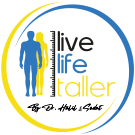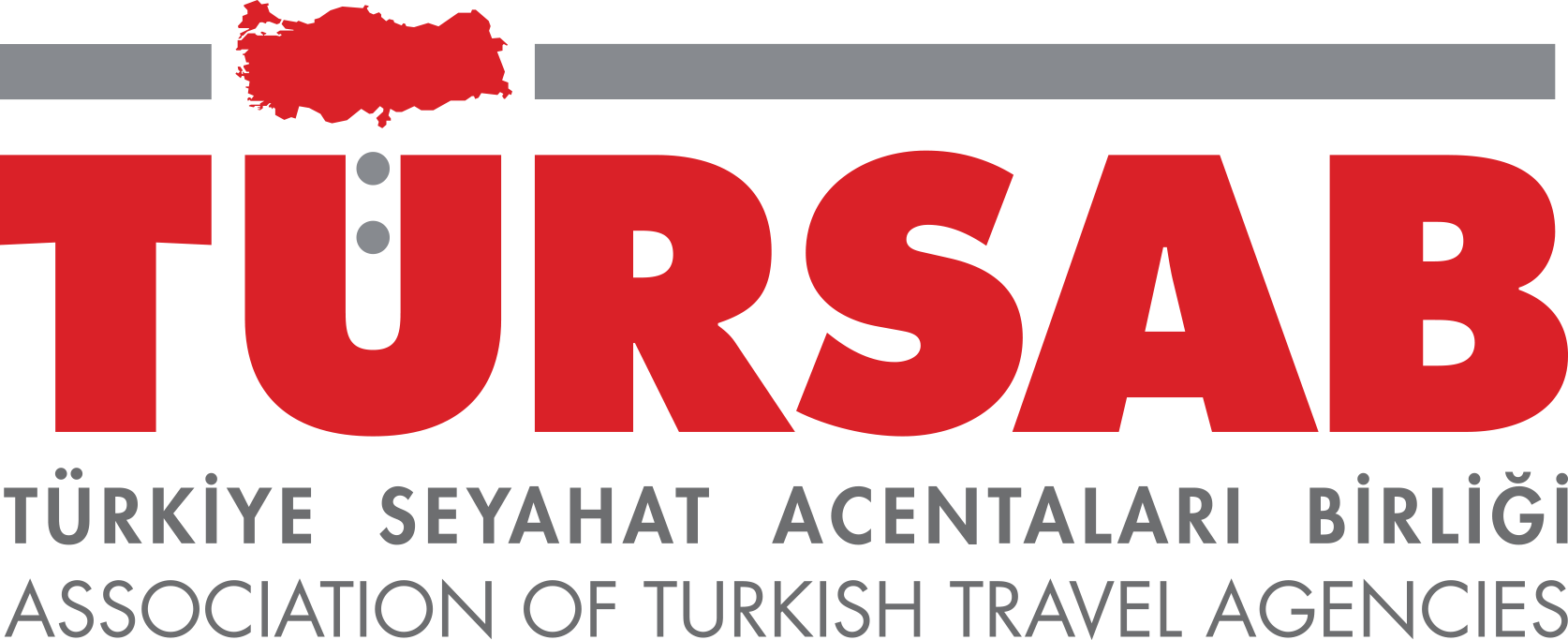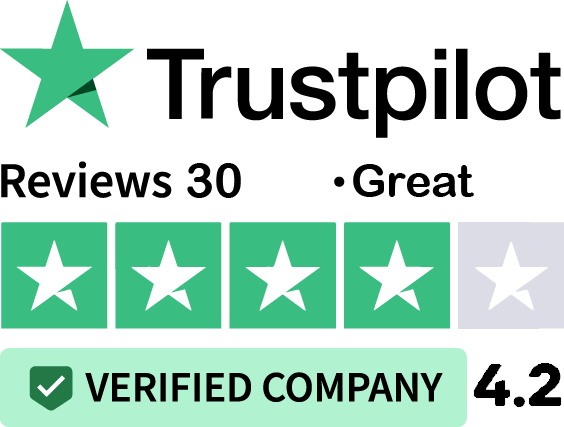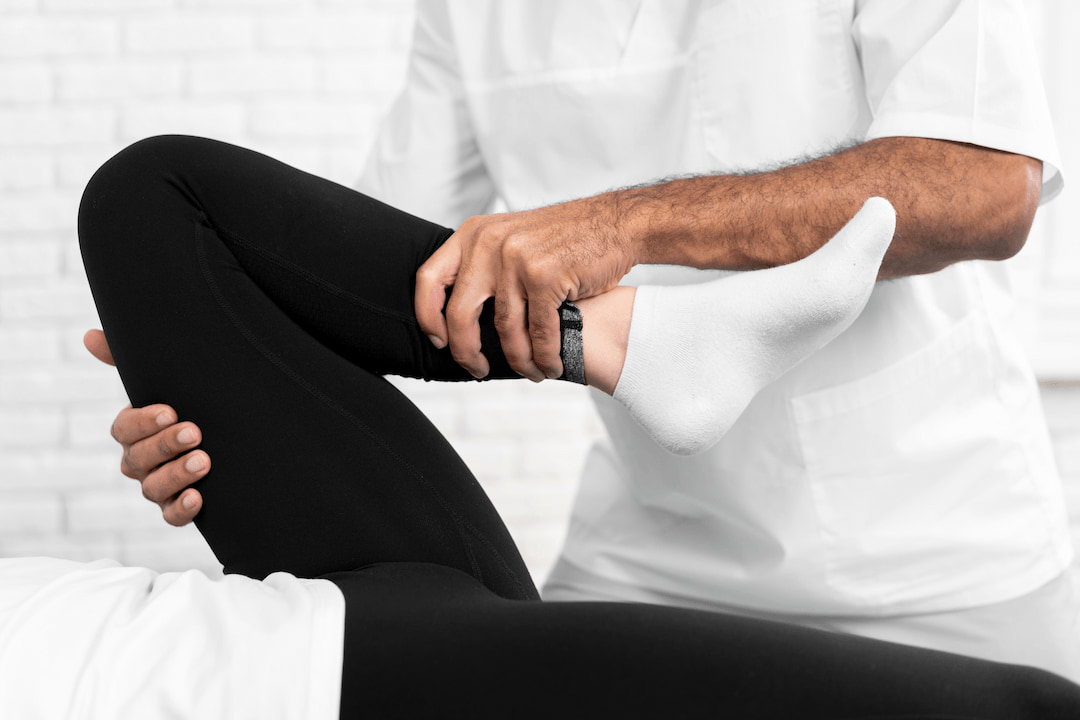
Limb lengthening surgery has become a popular solution for individuals seeking to correct limb discrepancies or increase their height. While both leg lengthening surgery and arm lengthening surgery aim to extend the bones, there are key differences between the two procedures in terms of technique, recovery, and cost. In this article, we’ll explore the unique aspects of each surgery and explain why leg lengthening surgery is more common.
How is Leg Extension Different from Arm Extension?
The primary difference between leg lengthening surgery and arm lengthening surgery lies in their goals and impact. Leg lengthening surgery, often associated with height surgery or surgery to grow taller, is typically sought by those who want to increase their overall height. In contrast, arm lengthening surgery is usually performed to correct asymmetry or address functional issues rather than for cosmetic purposes.
Another key difference is the frequency with which each surgery is performed. Leg lengthening is far more common due to the demand for height enhancement, while arm lengthening is rarer and generally pursued for medical reasons.
Which Techniques are Used in Leg and Arm Extension?
The techniques used for limb lengthening surgery are similar in principle for both legs and arms but differ in their application based on the unique anatomy and functional demands of each limb. The procedures involve cutting the bone and using an external or internal fixation device to gradually separate the bone ends, allowing new bone to form in the gap.
Leg Extension Techniques
In leg lengthening surgery, several methods are used, such as the PRECICE nail, the Ilizarov device, and the LON method (Lengthening Over Nail).
- PRECICE Nail: This is an internal device that allows for precise, controlled lengthening through a remote-controlled system. It is inserted inside the bone after the bone is cut.
- Ilizarov Device: An external fixator system that surrounds the leg and gradually pulls the bone apart to allow new bone formation. It is commonly used for more complex cases.
- LON Method: The LON method combines both external and internal devices. Initially, an external fixator is used for lengthening, and once the desired length is achieved, an internal rod (nail) is inserted into the bone. This method reduces the time patients spend using the external fixator, which can improve comfort and reduce complications like infection.
Arm Extension Techniques
Arm lengthening surgery follows a similar process but is typically less complex since the arms do not bear as much weight as the legs. However, maintaining range of motion and functionality is critical in arm lengthening, as patients need to retain full use of their arms post-surgery. The Ilizarov fixator or other external devices are commonly used in arm lengthening to ensure the bones heal properly while preserving mobility.
How Do These Techniques Differentiate Between Legs and Arms?
The primary difference in techniques between leg lengthening surgery and arm lengthening surgery is in the devices used and the healing process. Leg lengthening requires more careful attention to the alignment of the bones due to the weight-bearing nature of the legs, which can complicate recovery if not properly managed. Arm lengthening, on the other hand, focuses more on maintaining the arm’s function, as improper healing could limit mobility.
Recovery times also differ between the two procedures. Leg lengthening surgery typically takes longer, with a recovery period of several months due to the physical demands placed on the legs during walking and movement. Arm lengthening surgery may have a shorter recovery time, depending on the extent of the procedure and the individual patient’s needs.
Why is Leg Lengthening More Common Than Arm Lengthening?
Leg lengthening surgery is more commonly performed than arm lengthening surgery due to the demand for height surgery. Many individuals seek surgery to grow taller, either for cosmetic reasons or to improve their confidence. On the other hand, arm lengthening is primarily pursued for medical reasons, such as correcting limb discrepancies caused by trauma or congenital issues, making it less common.Additionally, the results of leg lengthening surgery are more noticeable and impactful in terms of overall body aesthetics, which contributes to its popularity.
Leg Lengthening Results and Success Rates
The results of leg lengthening surgery are generally very positive, with most patients achieving significant gains in height and improved quality of life. Advances in technology, such as the use of the PRECICE nail, have made the procedure safer and more effective, with minimal complications when performed by experienced surgeons.
What Results Can Patients Expect from Leg and Arm Lengthening?
For leg lengthening surgery, patients can expect to gain between 2 to 6 inches in height, depending on their individual goals and the procedure’s limitations. The results are usually permanent and can greatly enhance a person’s confidence and self-esteem.
In contrast, arm lengthening surgery is less focused on aesthetic changes and more on function. Patients who undergo arm lengthening can expect improved symmetry and mobility, especially if the surgery corrects a limb discrepancy or functional limitation.
Analysis of Cost Differences Between Leg and Arm Lengthening
One significant difference between leg lengthening surgery and arm lengthening surgery is the cost. Leg lengthening surgery is generally more expensive due to its complexity, longer recovery time, and the need for specialized devices like the PRECICE nail or Ilizarov fixator. The cost of leg lengthening surgery can range depending on the clinic and the specific techniques used.
Arm lengthening surgery, while still expensive, tends to be less costly. This difference is largely due to the less complex nature of arm lengthening and the shorter recovery period associated with the procedure.
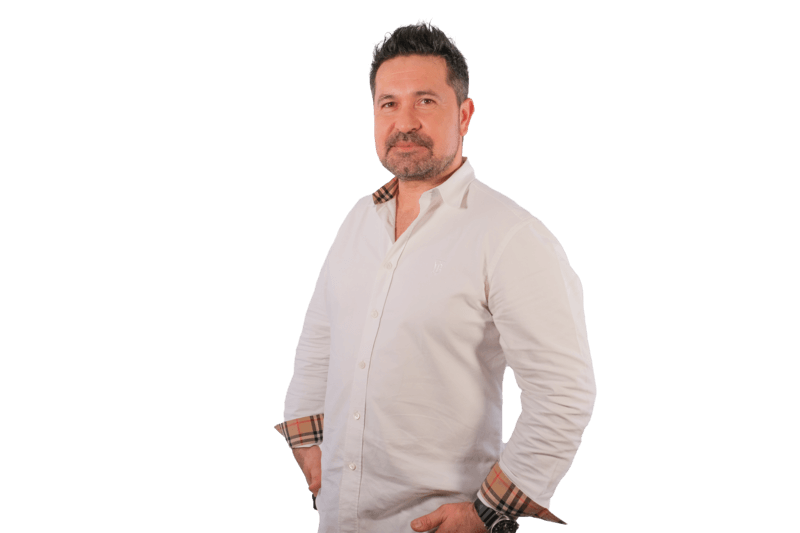
Op. Dr. Halil Buldu
Orthopedic Surgeon and specialist in Limb Lengthening & Deformity Correction with over 14 years of experiences
Author Page